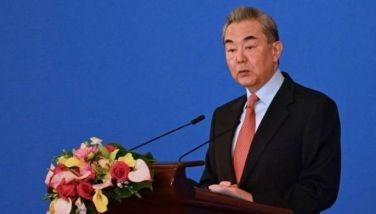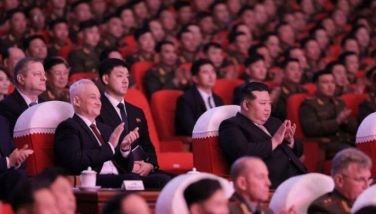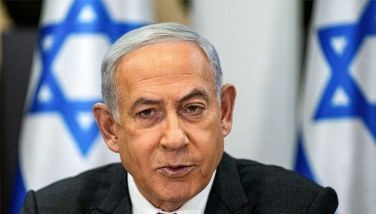Japan to restart 1st reactor under new rules since crisis
TOKYO — A power plant operator said it will restart a reactor in southern Japan on Tuesday, the first restart under new safety requirements following the Fukushima disaster and a milestone for the nation's return to nuclear power.
Kyushu Electric Power Co. said Monday that it will restart the No. 1 reactor at its Sendai nuclear plant Tuesday morning.
The restart marks Japan's return to nuclear energy, breaking a four-and-half-year nuclear power impasse since the 2011 meltdowns at the Fukushima Dai-ichi nuclear power plant in northeastern Japan following the earthquake and tsunami.
The Nuclear Regulation Authority affirmed the safety of the reactor and another one at the Sendai plant in September under stricter safety rules imposed after the accident, the worst since the 1986 Chernobyl explosion. The plans call for the second reactor to be restarted in October.
The Sendai No. 1 reactor is scheduled to start generating power Friday and reach full capacity next month.
All of Japan's nearly 50 workable reactors have been offline for repairs or safety checks. Abe's government wants as many of them as possible to be put online to sustain the nation's economy, which now relies on imported energy.
"We believe it is important for our energy policy to push forward restarts of reactors that are deemed safe," Chief Cabinet Secretary Yoshihide Suga told reporters.
Under the basic energy plan adopted by the Cabinet last year to sustain nuclear power as a key energy supply for resource-poor Japan, the government earlier this year set a goal to have nuclear power meet more than 20 percent of the country's energy needs by 2030.
Despite the push by the government and utilities for nuclear restarts, a majority of Japanese are opposed to a return to nuclear energy. Residents near the Sendai plant are also wary of the restarts, citing potential dangers from active volcanos in the region.
On Monday, dozens of protesters rallied outside the Sendai plant in a last-ditch effort to stop the restart, shouting "We don't need nuclear plants."
Opponents of the restarts and nuclear experts are also concerned that evacuation plans, in case of a disaster, may not work well.
Experts also are concerned about possible glitches in a mothballed reactor that has not been used for more than four years.
With its nuclear fuel recycling program still stalled and plutonium stockpiles triggering international concerns, Japan is under pressure to use as much of the stockpiles as possible in its reactors.
U.S. Undersecretary of State for Arms Control and International Security Rose Gottemoeller told journalists in a teleconference that Japan should complete its pending fuel recycling program and burn plutonium as fuel called MOX at reactors.
"If there is going to be a plutonium program, reprocessing program, the flip side of it is that there has to be a very vigorous MOX program and that the MOX actually has to be burned in power plants," Gottemoeller said.
Japan has more than 40 tons of weapons-grade plutonium, enough to make 40 to 50 nuclear weapons. The question is whether Japan can restart as many as 18 reactors needed to burn enough plutonium, and whether the problem-plagued Rokkasho reprocessing plant in northern Japan starts up.
___
Follow Mari Yamaguchi at https://www.twitter.com/mariyamaguchi
- Latest
- Trending
































